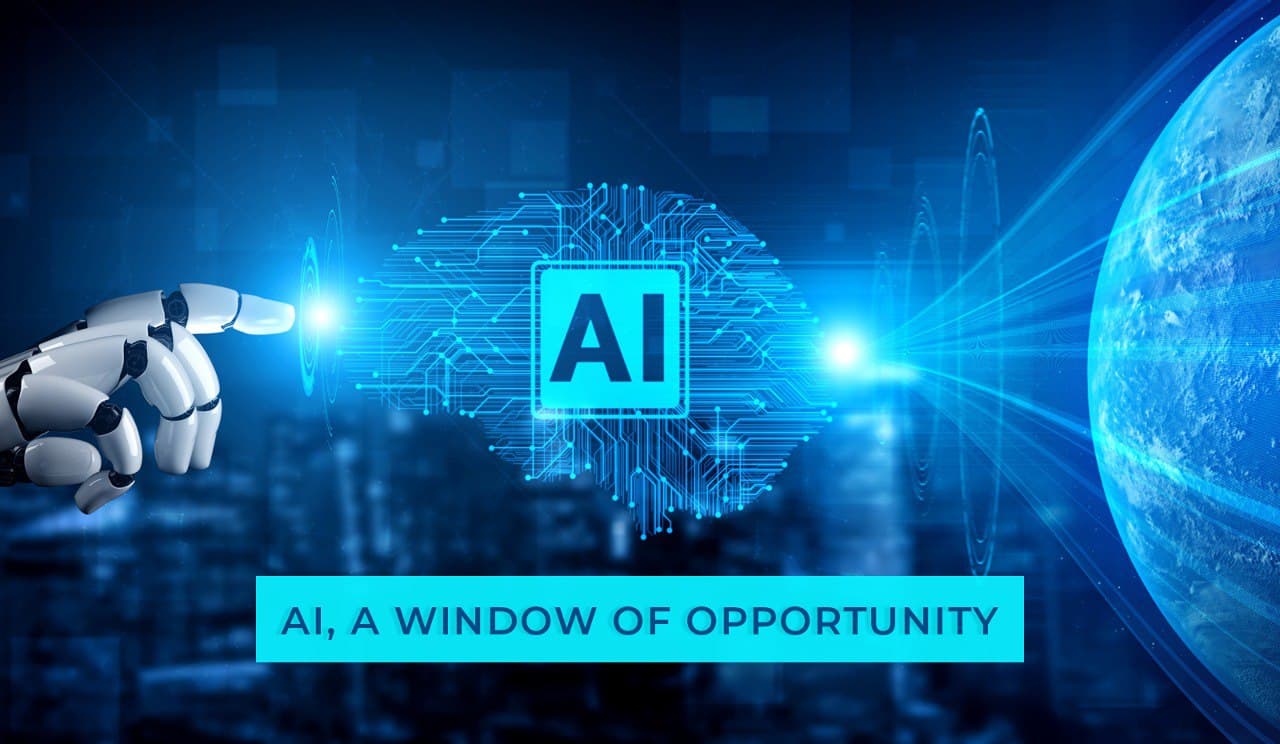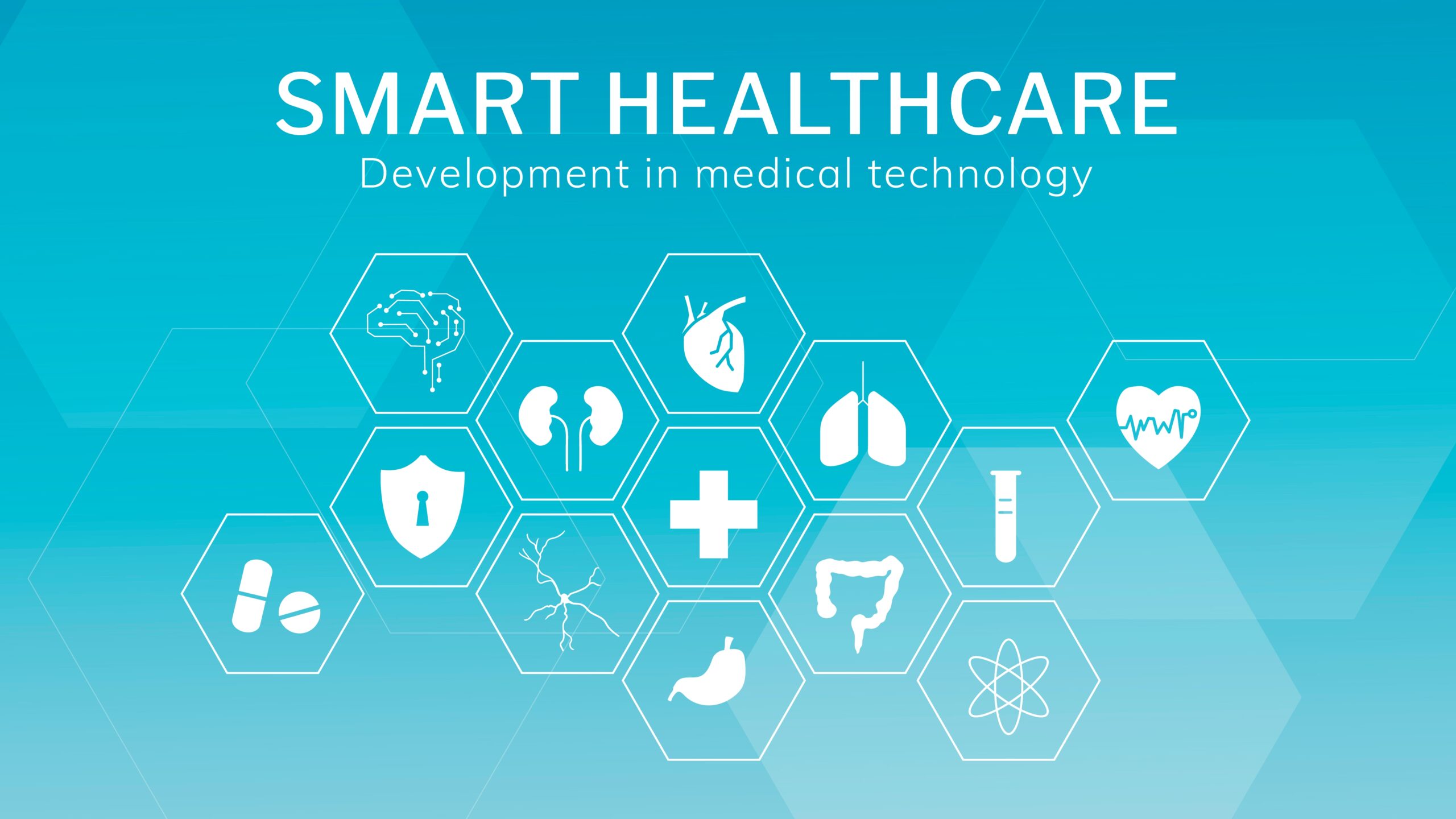AI, a window of opportunities during a crisis

As firms restore, rethink, and reconfigure their business models to navigate the uncertainties of the post-COVID-19 issues, they have begun realizing the potential of virtual and cognitive technologies to improve resilience, spot growth possibilities, and force innovation.
As we emerge from the modern-day crisis, optimism regarding AI has long passed up appreciably to 92%; however, to get the fine out of AI, agencies have begun viewing it as a need rather than a luxury.
Artificial intelligence has been considered the most disruptive technology in the world right now. Yet, despite its emergence, its rate of progress has been astounding.
As we emerge from the modern-day crisis, optimism regarding AI has long passed up appreciably to 92%; however, to get the fine out of AI, agencies have begun viewing it as a need rather than a luxury.
Artificial intelligence has been considered the most disruptive technology in the world right now. Yet, despite its emergence, its rate of progress has been astounding.

When people think of AI, they usually envision super-intelligent robots capable of taking over the world. However, AI has made significant inroads in other areas.
AI is used in various ways, such as by Amazon Alexa, Google Assistant, and Siri. It can also be used in self-driving cars and video games. Even though machine learning and deep learning are commonly used in AI, they should not be confused with each other. These systems are seamless and scalable, simple to function, and easy to control.
Recent research employing automating analytics found that even the most rudimentary AI-primarily based extraction techniques can save organizations around 40% of the hours usually spent on such procedures.
There are risks. However, we realize how to manage them. For example, audit set of rules outputs for accuracy, integrate cybersecurity, be a primary mover so it doesn’t depart you at the back, undertake responsible AI that advantages society, shield privacy, and keep algorithms bias-unfastened.
AI isn’t only a new set of tools. It’s the new plethora of opportunities for humankind. From automation to augmentation, AI is already beginning to trade a whole lot of huge possibilities.
AI is used in various ways, such as by Amazon Alexa, Google Assistant, and Siri. It can also be used in self-driving cars and video games. Even though machine learning and deep learning are commonly used in AI, they should not be confused with each other. These systems are seamless and scalable, simple to function, and easy to control.
Recent research employing automating analytics found that even the most rudimentary AI-primarily based extraction techniques can save organizations around 40% of the hours usually spent on such procedures.
There are risks. However, we realize how to manage them. For example, audit set of rules outputs for accuracy, integrate cybersecurity, be a primary mover so it doesn’t depart you at the back, undertake responsible AI that advantages society, shield privacy, and keep algorithms bias-unfastened.
AI isn’t only a new set of tools. It’s the new plethora of opportunities for humankind. From automation to augmentation, AI is already beginning to trade a whole lot of huge possibilities.
How AI is transforming healthcare?
AI has brought about drastic changes in healthcare to the betterment of humanity. AI is unquestionably a real game – changer in the healthcare system.

It assists physicians, and the responsibilities of doctors are evolving, as well. The healthcare AI industry is expected to develop at a compound annual growth rate of 40% by 2021, with the potential to improve healthcare outcomes by 30-40% and slash treatment costs in half.
According to an Accenture research, significant AI applications in healthcare can provide $150 billion in yearly savings for the US healthcare industry by 2026.
The competence of qualified physicians may now be fully supplemented by an additional layer of Artificial Intelligence, which adds an extra layer through which mistakes in the area of health care can be reduced.
According to an Accenture research, significant AI applications in healthcare can provide $150 billion in yearly savings for the US healthcare industry by 2026.
The competence of qualified physicians may now be fully supplemented by an additional layer of Artificial Intelligence, which adds an extra layer through which mistakes in the area of health care can be reduced.
AI Models that Improve Patient Care
BlueDocAI can connect to the central PACS system to pick up, analyze and make annotations to the medical images so the raw images and the annotated images can be reviewed by the radiologists to quickly diagnose certain medical conditions with ease.
However, these AI models can be trained and retrained as more data is made available. Since CHEST X-RAYS are the least expensive medical images as well as most commonly used to diagnose patients, it benefits the patients to get early warnings of potential pulmonary nodule which may not be detectable by naked eye and hence use deep learning (DL) models to enhance the images and detect patterns much better.
However, these AI models can be trained and retrained as more data is made available. Since CHEST X-RAYS are the least expensive medical images as well as most commonly used to diagnose patients, it benefits the patients to get early warnings of potential pulmonary nodule which may not be detectable by naked eye and hence use deep learning (DL) models to enhance the images and detect patterns much better.

Lung Cancer:
In the United States, lung cancer is the second most common cancer in both men and women. It’s also the leading cause of death from cancer.
Catching lung cancer early often allows for a higher likelihood of successful treatment. Regular screening of chest x rays or CT scans may help.
Tuberculosis: Tuberculosis (TB) is a potentially serious infectious disease that mainly affects the lungs. The bacteria that cause tuberculosis are spread from person to person through tiny droplets released into the air via coughs and sneezes.
Many tuberculosis strains resist the drugs most used to treat the disease. People with active tuberculosis must take many types of medications for months to get rid of the infection and prevent antibiotic resistance.
Catching lung cancer early often allows for a higher likelihood of successful treatment. Regular screening of chest x rays or CT scans may help.
Tuberculosis: Tuberculosis (TB) is a potentially serious infectious disease that mainly affects the lungs. The bacteria that cause tuberculosis are spread from person to person through tiny droplets released into the air via coughs and sneezes.
Many tuberculosis strains resist the drugs most used to treat the disease. People with active tuberculosis must take many types of medications for months to get rid of the infection and prevent antibiotic resistance.
Working to deliver a new tool in the fight against the spread of COVID-19
Software developed by a University of Dayton Research Institute scientist to quickly diagnose COVID-19 has been exclusively licensed by Greenville, South Carolina, software development company Blue Eye Soft.

The technology, which detected the presence of the COVID-19 disease on a dataset of chest X-rays in seconds with 98 percent accuracy, was adapted from existing medical diagnostic software in a matter of hours, then licensed in less than three days.
Blue Eye Soft owner Srikanth Kodeboyina—an alumnus of UD—and his team further developed the technology, and he plans to submit a full proposal to the FDA for approval within a matter of days. The company has already filed a provisional patent on the software.
“We hope to be able to bring this new tool to market very quickly,” Kodeboyina said, adding that his start-up company’s staff of 40 employees has been virtually joined in the last several days by more than 100 professionals based in Singapore, India and across the U.S., all contributing their expertise in artificial intelligence, medical licensing, cybersecurity and other related fields, to help expedite the development of the product.
With AI pilots and initiatives that navigate around the globe, and new use cases added daily, at present, we already have clients navigating the new global AI thoroughly and strategically. As we’ve begun to realize the potential of AI, we have a whole new window of opportunities for humanity!
Blue Eye Soft owner Srikanth Kodeboyina—an alumnus of UD—and his team further developed the technology, and he plans to submit a full proposal to the FDA for approval within a matter of days. The company has already filed a provisional patent on the software.
“We hope to be able to bring this new tool to market very quickly,” Kodeboyina said, adding that his start-up company’s staff of 40 employees has been virtually joined in the last several days by more than 100 professionals based in Singapore, India and across the U.S., all contributing their expertise in artificial intelligence, medical licensing, cybersecurity and other related fields, to help expedite the development of the product.
With AI pilots and initiatives that navigate around the globe, and new use cases added daily, at present, we already have clients navigating the new global AI thoroughly and strategically. As we’ve begun to realize the potential of AI, we have a whole new window of opportunities for humanity!
Recommended Posts

How a Single Man’s ‘Life-Plan’ is Transforming the Tech, Health, and Space industries
January 6, 2022

Do we really need to send humans to space?
December 30, 2021

Implications and future of space education
December 22, 2021


